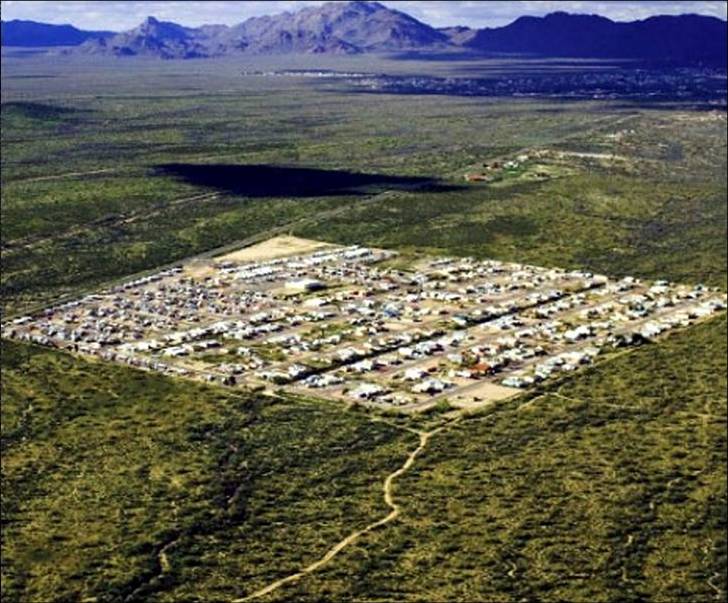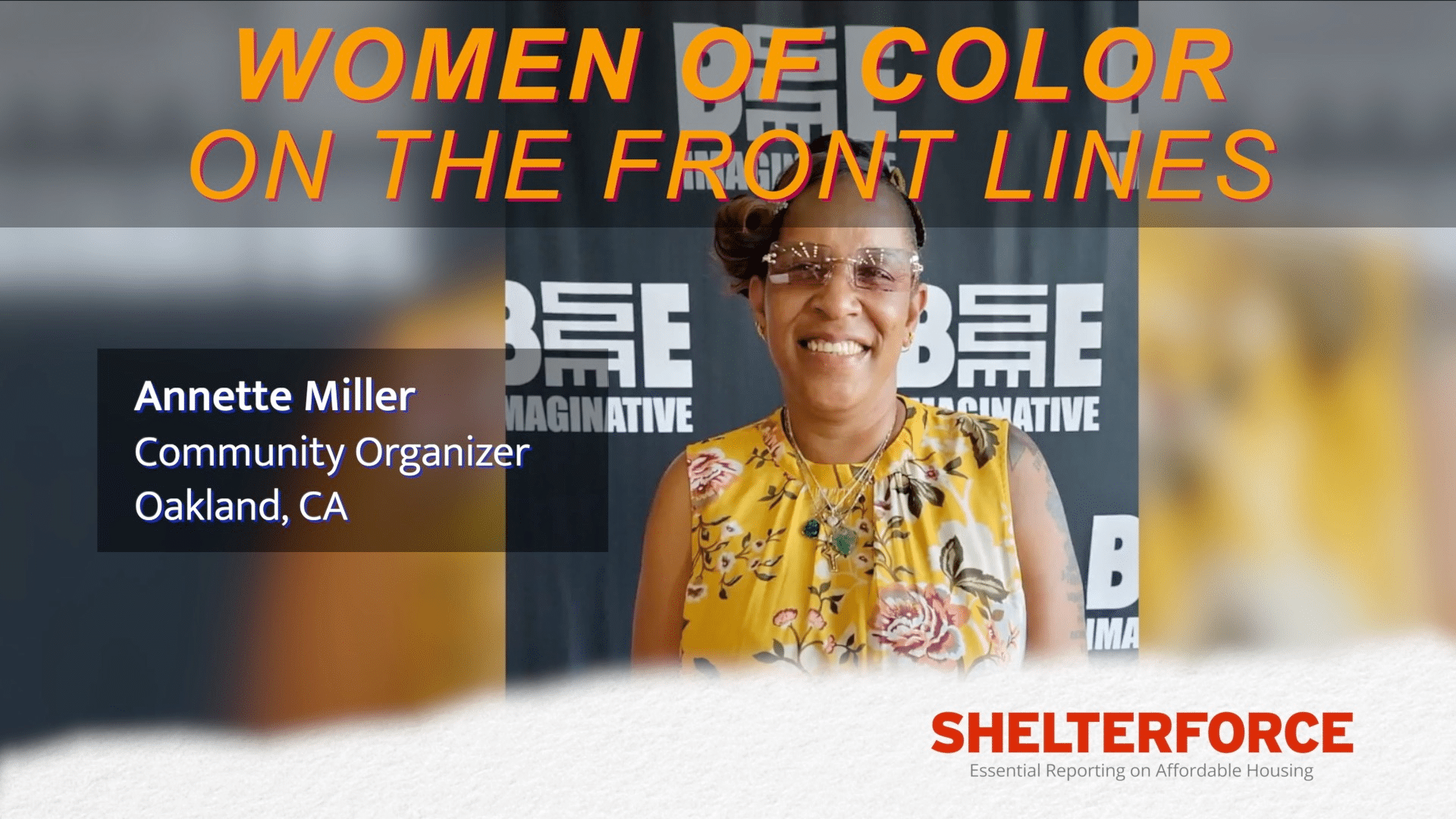One of the most popular tags on the blogging site of my organization, NRDC, is “market transformation.” I’m a believer. Not everything we need for sustainable development can be accomplished through policy initiatives (the current feeding frenzy at the trough of “stimulus” notwithstanding). And there are genuine market leaders out there in the world of sustainable development whose work needs to be recognized, rewarded and emulated.
So enter market mechanisms like the development endorsement programs of the Greenbelt Alliance in the San Francisco Bay Area and the Smart Growth Alliance in the DC metro area. Enter also the location-efficient mortgage and the project that has absorbed most of my energy for the last several years, LEED for Neighborhood Development. All of these aim to separate the truly smart from the pretenders and influence the location and shape of development.
But we’re starting to get some backlash. One of the most frustrating is something I hear a lot from some otherwise good people: that “market transformation” is a good goal, but it shouldn’t include location, or not very much. Development is going to occur in sprawl locations, the argument goes, so we need to, you know, just make it better sprawl.
Never mind that the research shows that location is by far the most important influence on driving patterns and even the best-designed, walkable and mixed-use developments in the wrong locations will have carbon emissions from transportation almost identical to those with large lots and cul-de-sacs. Never mind that they become magnets for conventional sprawl all around them.
To which I say: hogwash. We need to transform the market for design and for location. Do one instead of the other and we’re just pretending when it comes to sustainability.
For a bit more, with links and and some very good (if disturbing) photos, please go here
(Photo of development in western Arizona, © Alex S. MacLean/Landslides.)





Comments